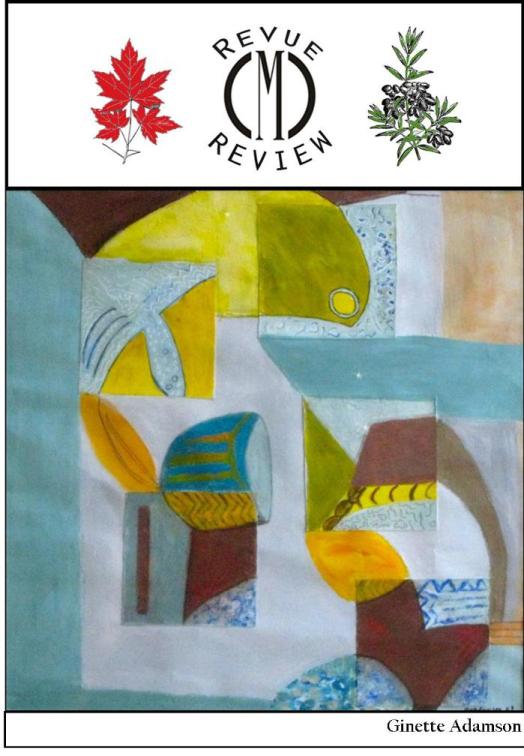Le silence du haïku
Abstract
Il nous semble que le haïku, ce genre poétique né au Japon à la fin du 17e siècle et dont l’usage s’est répandu dans plusieurs pays et dans plusieurs langues, présente des liens forts avec la notion de silence. La forme elliptique, suggestive – en particulier la césure entre deux images – produit des blancs qui brouillent l’esprit, laissant le lecteur à ses interprétations. Privilégiant la « sensation immédiate »,le haïku attire souvent l’attention sur l’inaptitude de la langue à représenter le réel, créant une sidération qui évoque l’effacement du langage.
Downloads
How to Cite
Antonini, J. (2018). Le silence du haïku. Revue CMC Review, 5(1). Retrieved from https://cmc.journals.yorku.ca/index.php/cmc/article/view/40340
Issue
Section
Articles
License
1. Policy for Journals That Offer Open Access
Authors who publish with this journal agree to the following terms:
- Authors retain copyright and grant the journal right of first publication with the work simultaneously licensed under a Creative Commons Attribution License that allows others to share the work with an acknowledgement of the work's authorship and initial publication in this journal.
- Authors are able to enter into separate, additional contractual arrangements for the non-exclusive distribution of the journal's published version of the work (e.g., post it to an institutional repository or publish it in a book), with an acknowledgement of its initial publication in this journal.
- Authors are permitted and encouraged to post their work online (e.g., in institutional repositories or on their website) prior to and during the submission process, as it can lead to productive exchanges, as well as earlier and greater citation of published work (See The Effect of Open Access).


